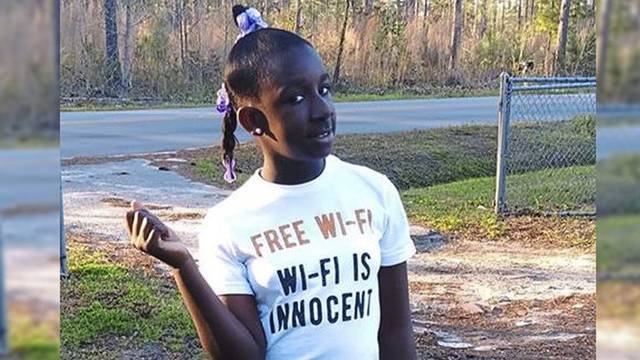Mitchel Nickols: Schools, workplaces must deal with bullies
As accepting as some people may be today, and childhood activities being just a part of growing up, it’s hard to explain how a fifth-grader goes to school and two days later dies from being beaten by a classmate.
That’s what happened in March to South Carolina 10-year-old Raniya Wright, whose mother, Ashley Wright, is frustrated because she couldn’t get answers from her daughter’s school. According to the Associated Press, classmates said another fifth-grader had been bothering Raniya “all day before coming up behind her and hitting or pushing her,” and that Raniya hit her head on a bookshelf.
Being a parent and a grandparent, I would want answers to many questions: What happened? Where was the teacher? Who saw what? Did someone try to stop the fight (even if it might have been one-sided)? Was this the first time this child had bothered my child? What are the school’s policies regarding fights or taunting? Or, was this just an all-out bullying situation?
South Carolina officials have said Raniya died of a blood-vessel rupture in her brain caused by a birth defect, and there’s no evidence the fight contributed to her death; no charges were filed against the classmate involved.
However, bullying remains a problem today.
The American Society for the Positive Care of Children defines bullying as “unwanted, aggressive behavior that involves a real or perceived power imbalance.” It says these are “behaviors (that) happen more than once or have the potential to happen more than once.”
The society says that “160,000 kids per day skip school for fear of being bullied” and 1 in 3 students are bullied at school regularly.
Former U.S. Secretary of Education Arne Duncan wisely noted that “Children cannot get a quality education if they don’t first feel safe at school.”
Race is sometimes a factor, as well as size, religion, economic status and sexual preference.
There is potential for physical or emotional harm to students when school administrators, teachers, bus drivers and other school staff members don’t take even the smallest subtleties of bullying seriously.
Given the kind of work that some of us undertake with implicit bias and unconscious bias, it would be helpful to have discussions at schools and workplaces on verbal abuse, harassment, bullying or intimidation, physical attacks, threats of violence, online abuse, graffiti, text messages, and so on. My work in this area has involved school and university staff and concerned professionals dealing with toxicity in their work spaces.
School districts have to do a better job when people are called disparaging names; those being victimized are being bullied. People of color, especially African-Americans, don’t represent the “in group” and repeatedly deal with requests to be tolerant.
The education of all of our children must be protected.
We are in a different space in America and around the world, where the victim is supposed to show more restraint that the victimizer.
Mitchel Nickols, Ph.D., of Lower Burrell, is an instructor in the leadership and administration and community engagement programs at Point Park University. He is a diversity and sensitivity trainer and consultant for police departments and school districts throughout Western Pennsylvania.
Remove the ads from your TribLIVE reading experience but still support the journalists who create the content with TribLIVE Ad-Free.

